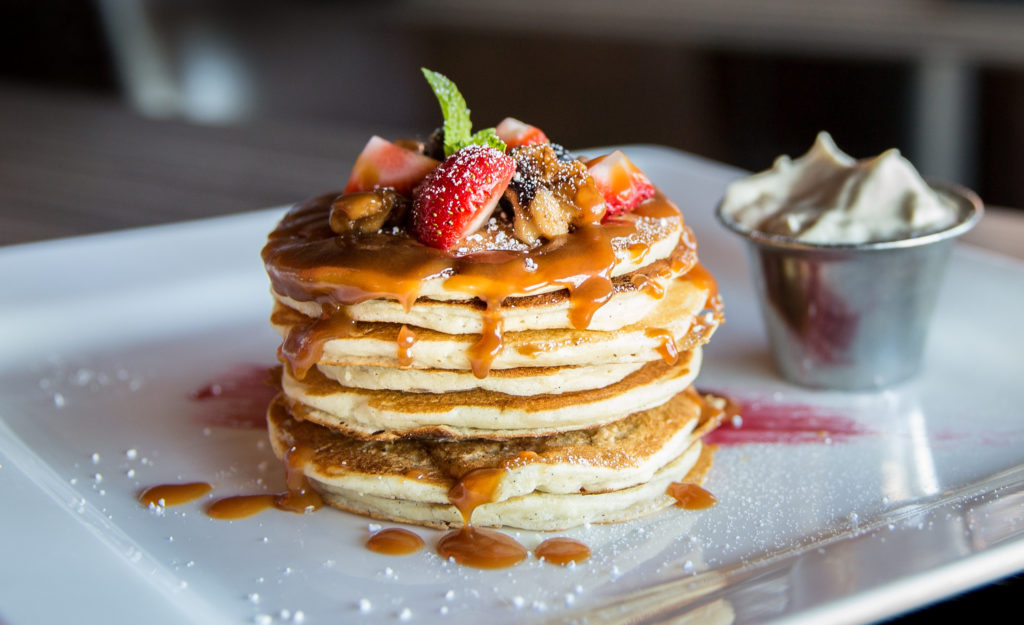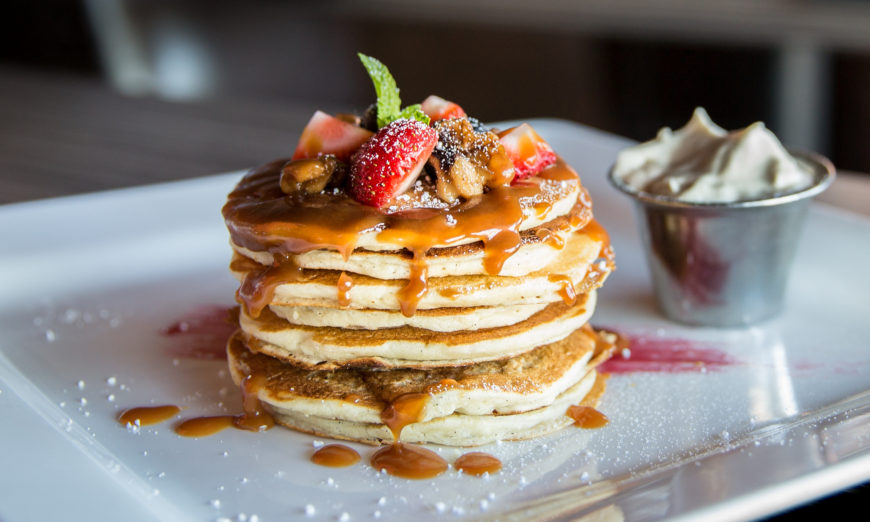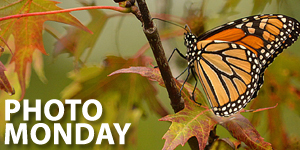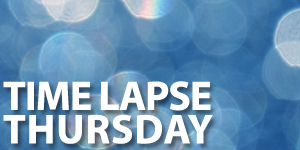
“I am a new, still learning photographer. I just started a year ago after I bought my camera from Henry’s with a 50mm F/1.8 lens. I mostly take photographs of food for a blog that I write, so everything is set up and I can control the subject, lighting & angles. I’m going to a food bloggers retreat & I’m wondering what tips you have for taking photos at such an event.”
It can be difficult to make food look appetizing in a photograph which is why so many restaurants and food companies get a professional service like ATP Food Photography. If you’re not careful, a beautiful plate can end up looking like a plastic imitation of the real thing. Depending on your set-up at home, you may or may not be able to use the tricks we used in the studio, but there are a few simple things you can do that won’t earn you any dirty looks from the chef.
Use Shallow Depth of Field
The 50mm F/1.8 lens you own is a perfect (and affordable) tool for the job. Unlike most zooming “kit lenses”, this prime lens opens up to a very bright maximum aperture. This is great for shooting in low-light, but it also produces a very shallow “depth of field”, rendering foreground and background subjects out of focus while keeping part of the desired subject pin-sharp. A more moderate aperture like F/3.5 will capture a somewhat deeper DOF without putting too much focus on potentially distracting background elements. Set your camera’s mode dial to Aperture Priority and explore these aperture settings.
Shoot from a Low Angle
Don’t photograph a dish from eye-level, and instead try to bring the camera a little closer to table-level and shoot across the plate. This will create a better sense of depth and dimension, and it will fill the frame with tasty detail.
Never Use On-Camera Flash
What will annoy your fellow diners at a restaurant will also ruin every food photo. Your camera’s built-in flash will obliterate your dish with harsh, flat light and the resulting image will be a washed-out, shiny mess.
Light from the Side or from Behind
Look for a diffused, indirect light source such as a nearby window or a shaded artificial light, and arrange the shot so that the light source is beside or behind the plate. Off-axis sources will help bring out the texture and colors of each element on the plate, and the pattern of highlight and shadow will appear much more natural and appetizing than flat, even front lighting.
Use Props
It’s one of the oldest tricks in the book, but a few raw ingredients arranged tastefully around the final dish will help tell the store more convincingly.
Post on Social Media
This is not exactly a photography tip but it is essential if you are taking these photos as part of a blog or advertisement that you are then posting onto social media. Using different social media platforms like Twitter, Facebook, and Instagram to get a wider audience to appreciate your photography masterpieces, could be done to an even larger extent if things like Task Ant are used to getting specialist advice on hashtags and Instagram growth. So getting snapping and posting now!






